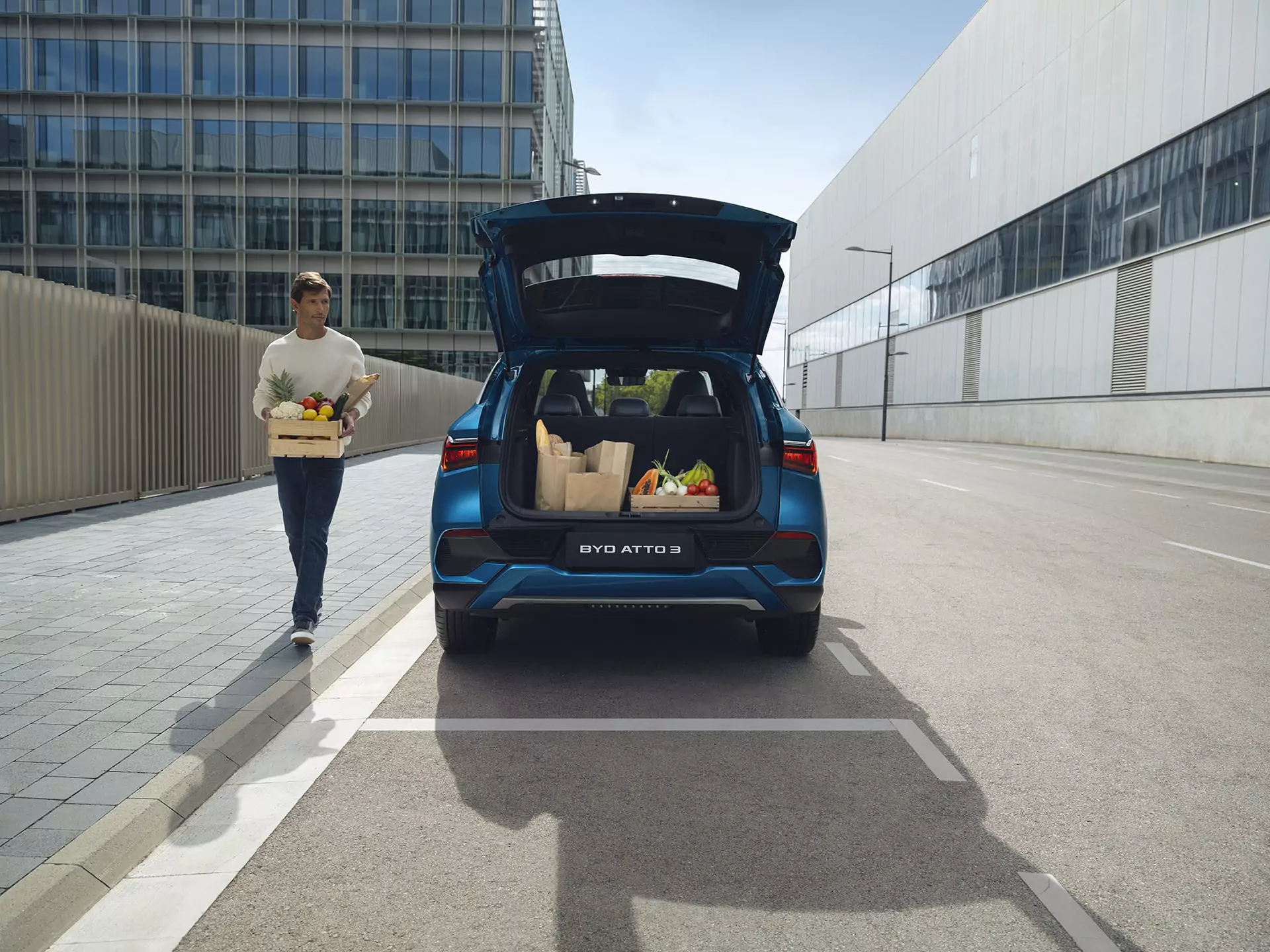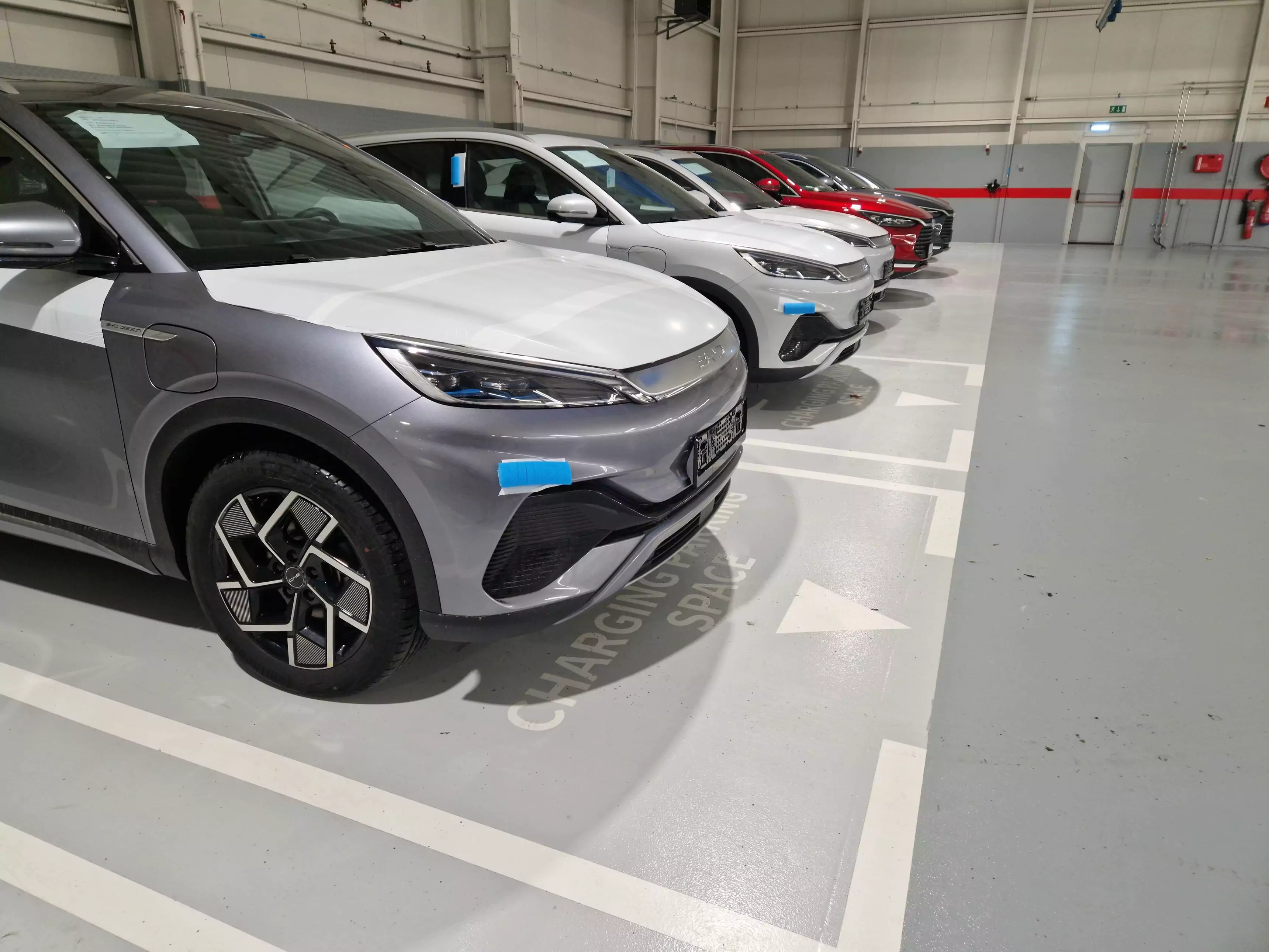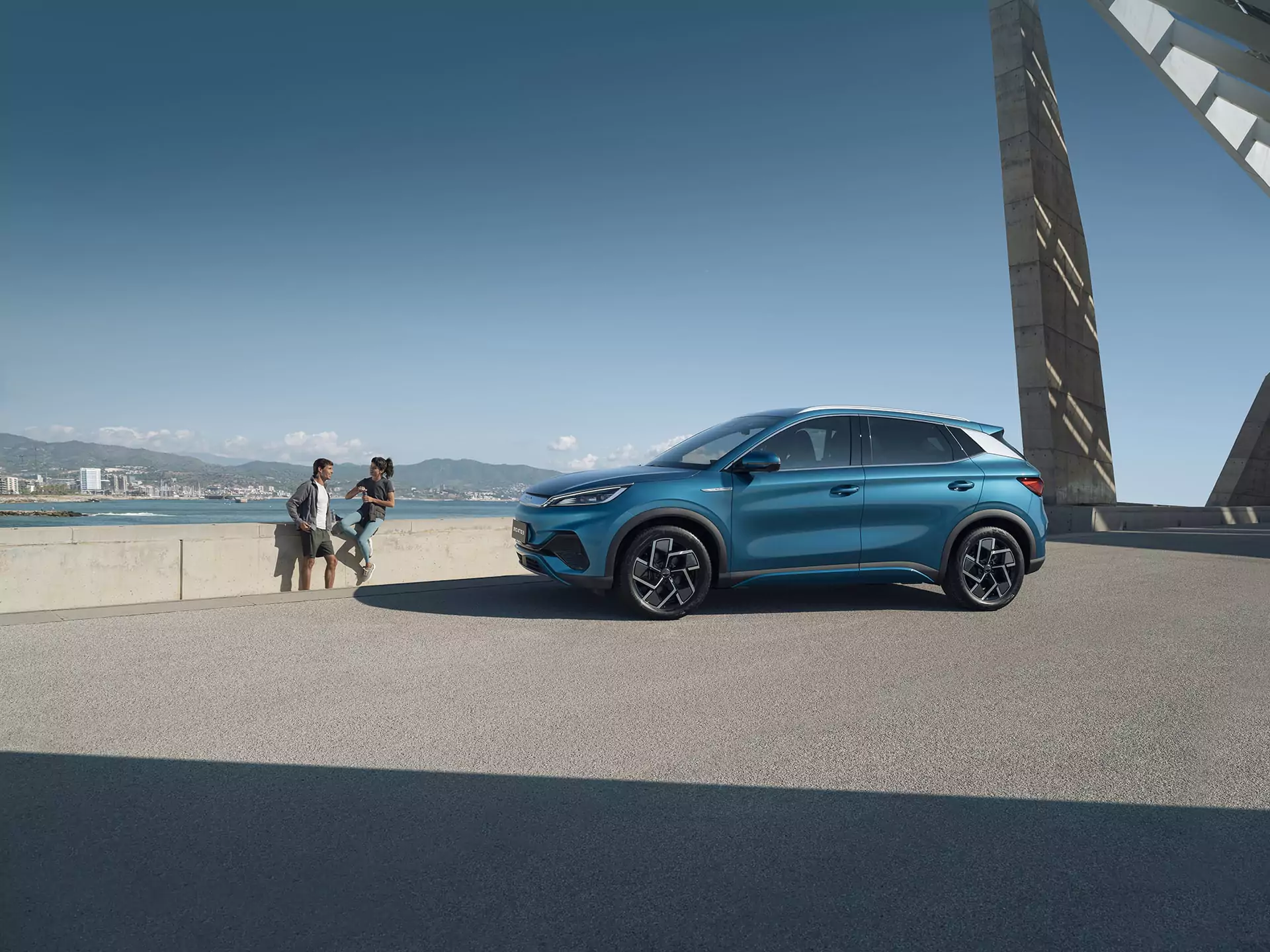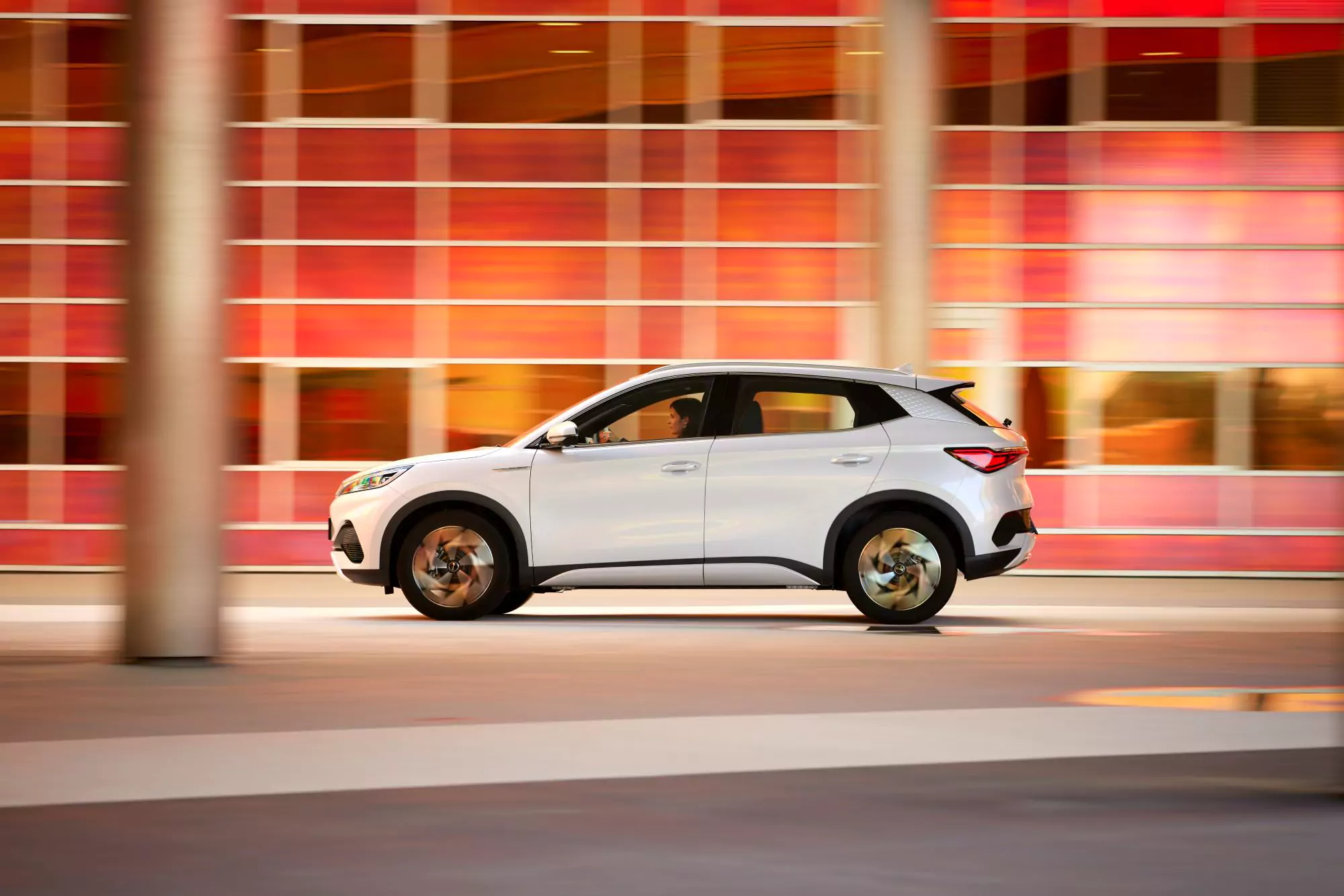How Cold Affects the Performance of Electric Cars
With the onset of winter, temperatures can drop significantly, affecting not only us but also our technologies. Electric cars are no exception. The heart of every electric vehicle is the battery, and understanding how cold temperatures affect battery performance can help you get the most mileage out of every charge.
One of the most frequently asked questions about EVs in winter concerns battery performance. It’s true: at low temperatures, a battery can lose some of its efficiency. This is because the chemical reactions that generate electricity in the battery slow down in the cold. However, modern EVs, including those from BYD, are equipped with systems that keep the battery at an optimal temperature. A simple tip is to preheat the car while it's still plugged in. This way, you start the day with a warm car without unnecessarily straining the battery.
Tips for Maximizing Range in Winter
Winter not only challenges battery performance but also the overall efficiency of the vehicle. Fortunately, there are simple strategies and tips you can follow to get the most out of your electric car during the coldest months. From technological adjustments to simple habit changes, every action can contribute to a longer range and a more comfortable ride.
- Regenerative Braking: With this, you can recover and convert into electricity the kinetic energy that is normally lost during braking. Most EVs, including BYD models, have this system built in as standard.
- Tire Choice and Pressure: Winter tires not only provide better grip on slippery roads but can also reduce rolling resistance, leading to better range. Regularly checking and adjusting tire pressure according to the manufacturer's specifications is crucial.
- Preheating: As previously mentioned, you can preheat the car while it’s still charging. This allows for a comfortable start without extra energy consumption.
Safety Tips for Driving in Winter Conditions:
Driving in winter can bring its own set of challenges, regardless of the type of vehicle. Slippery roads, reduced visibility, and freezing are just some of the factors to consider. For electric vehicles, there are specific considerations to ensure safe and efficient driving through winter conditions.
- Driving Techniques: On slippery roads, it’s essential to accelerate and brake gradually. Quick movements can lead to loss of vehicle control. Additionally, it’s advisable to increase the following distance.
- Sensors and Cameras: Winter conditions, like snow and ice, can cover sensors and cameras on your EV. Regular cleaning ensures that all assistance systems function optimally.
- Heating Strategies: Instead of using general cabin heating, consider using seat heating or steering wheel heating. These generally use less energy, helping you optimize your range.
BYD's Winter Package and Benefits:
Some EVs are better equipped to handle the rigors of cold temperatures than others. Here, we delve deeper into how BYD distinguishes itself with its winter-ready features and share real experiences from satisfied BYD owners who have experienced the benefits firsthand.
When it comes to winter challenges, BYD cars are designed with performance and comfort in mind. Specific models come with an advanced thermal management system for the battery, so you can always count on optimal performance, regardless of the outside temperature.
Driving electric in winter may require a slightly different approach, but with the right knowledge and preparation, it can be just as straightforward and enjoyable as in any other season. At BYD, we are committed to providing not only the best EV technology but also the knowledge to get the most out of your car, regardless of the weather. Curious about how a BYD performs in winter? Book a test drive today and experience it for yourself!



